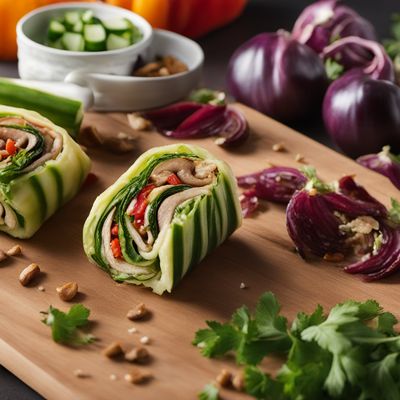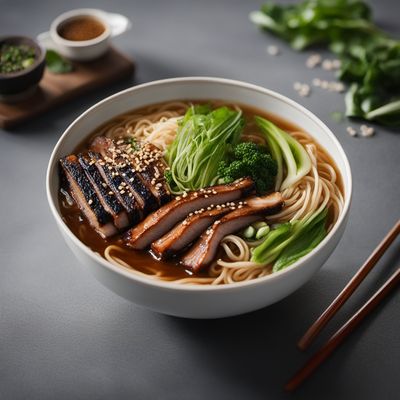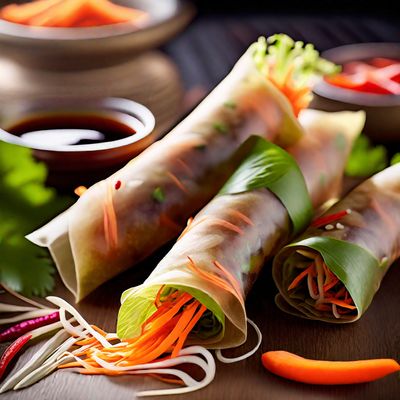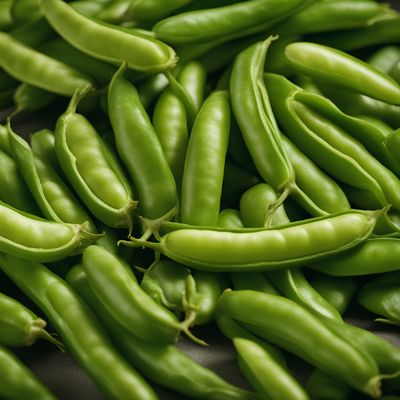
Ingredient
Canned mushrooms
The Versatile Delicacy: Unlocking the Potential of Canned Mushrooms
Canned mushrooms are harvested at their peak and preserved in a can, retaining their natural flavors, textures, and nutritional value. These mushrooms have a tender yet meaty texture, with a mild earthy flavor that intensifies when cooked. Their appearance varies depending on the mushroom variety, ranging from small button mushrooms to large portobellos.
Origins and history
Mushrooms have been consumed for centuries and have a rich history in various cultures. The practice of canning mushrooms originated in the early 19th century, allowing people to enjoy mushrooms year-round, regardless of seasonal availability. Today, canned mushrooms are widely produced and enjoyed globally.
Nutritional information
Canned mushrooms are low in calories and fat, while being a good source of essential nutrients such as potassium, vitamin D, and B vitamins. They also provide dietary fiber and antioxidants, promoting overall health and well-being.
Allergens
Canned mushrooms may contain traces of sulfites, which can cause allergic reactions in some individuals.
How to select
When selecting canned mushrooms, look for cans that are free from dents, bulges, or rust. Check the expiration date to ensure freshness. Opt for cans with intact labels and avoid those with signs of damage or leakage.
Storage recommendations
Store unopened cans of mushrooms in a cool, dry place, away from direct sunlight. Once opened, transfer any unused mushrooms to a clean, airtight container and refrigerate for up to 3-4 days.
How to produce
While it is not possible to produce canned mushrooms at home, amateur gardeners can grow their own fresh mushrooms using mushroom growing kits or by cultivating them in a controlled environment.
Preparation tips
Drain and rinse canned mushrooms before using to remove any excess brine or salt. They can be used in a variety of dishes such as stir-fries, pasta sauces, soups, and salads. To enhance their flavor, sauté them in butter or olive oil until golden brown. For a meaty texture, use canned mushrooms as a substitute for fresh mushrooms in recipes.
Substitutions
Fresh mushrooms can be used as a substitute for canned mushrooms, although the texture and flavor may differ slightly. Alternatively, dried mushrooms rehydrated in warm water can also be used as a substitute, adding a concentrated earthy flavor to dishes.
Culinary uses
Canned mushrooms are a versatile ingredient that can be used in a wide range of dishes, including pizzas, omelets, casseroles, and sandwiches. They can be added to sauces, stews, and gravies to enhance their flavor and texture. Additionally, they make a great topping for burgers and pizzas.
Availability
Canned mushrooms are commonly available in grocery stores and supermarkets worldwide, making them easily accessible to consumers.
More ingredients from this category
Recipes using Canned mushrooms » Browse all

Mare e Monti Pizza
Sea and Mountain Delight Pizza

New York-Style Pizza Recipe
Big Apple Veggie Pie

Bosnian Budae Jjigae
Savory Bosnian Army Stew

Lombard-inspired Vegetable Roll
Savory Lombard Delight: Vegetable Roll with a Crunchy Twist

Burnt Miso Ramen with a Twist
Smoky Miso Ramen: A Flavorful Twist on a Classic

Chinese-style Mushroom Risotto
Umami-infused Mushroom Risotto with a Chinese Twist

Classic Chinese Spring Rolls
Crispy and Flavorful Chinese Spring Rolls

Jiangsu-style Eggplant Pizza
Savory Eggplant Delight: A Fusion of Italian Pizza and Jiangsu Cuisine

Boribap - Mixed Rice Bowl
Harmony in a Bowl: A Flavorful Journey with Boribap

Budae Jjigae (Indo Style)
Spicy Sausage and Vegetable Stew with Indo Twist

Fast Food Hot Pot
Quick and Easy Hot Pot Delight

Spicy Beef and Vegetable Soup
Fiery Korean Beef Soup: A Burst of Flavors

